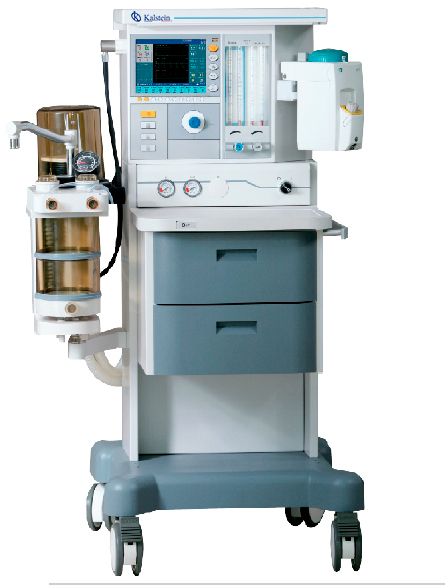In the growing field of medicine, technological advances have played a crucial role in improving the quality and efficiency of patient care. One of these advances relates to anesthesia machines. These innovations have contributed to a significant reduction in preoperative morbidity and mortality. This article explores in detail how these advances have enabled physicians to overcome the challenges associated with anesthesia delivery.
Anesthesia machines were introduced in the 19th century, and have since undergone several technological innovations. Originally, these machines were used to administer volatile anesthetics and provide oxygen during surgeries. However, modern versions of these machines allow for much more precise and safer control of anesthesia delivery, thanks to the integration of advanced technology and the implementation of real-time monitoring systems.
Implications for Morbidity and Mortality Reduction
The most relevant impact of advances in anesthesia machines is reflected in the reduction of preoperative morbidity and mortality. Modern machines offer more detailed and precise control of anesthesia dosing, which reduces the risk of overdose and its associated complications. In addition, improvements in the monitoring of oxygen and carbon dioxide levels in the patient allow early intervention in the event of deterioration of the patient’s condition, minimizing the risk of morbidity and mortality during surgery.
Another significant innovation has been the inclusion of early warning systems in anesthesia machines. These systems detect any potentially dangerous problems in the administration of anesthesia or in the patient’s condition, allowing immediate intervention and significantly reducing the risk of complications.
The Future of Anesthesia Machines
As the technology of advanced anesthesiology continues to evolve, we can expect even greater improvements in the safety and efficacy of anesthesia machines. The future promises further integration of artificial intelligence (AI) technology, which will allow for customization of anesthesia delivery based on individual patient health data. This personalization will enable even safer and more effective anesthesia delivery, which could further reduce preoperative morbidity and mortality.
The continuous improvement of anesthesia machines and their adoption in clinical practice has been a crucial undeniable factor in the success of today’s surgical interventions. With an increasing focus on customization and even more detailed monitoring, there is no doubt that future advances in anesthesia machine technology will continue to play a vital role in reducing preoperative morbidity and mortality.
We at Kalstein have YR models with special features that perfectly meet the needs of efficiency and effectiveness of any medical center, know our equipment HERE, we assure you not only a quality equipment but the best price in the market, and we guarantee a safe purchase, where the technical team and other advisors will answer your questions.

